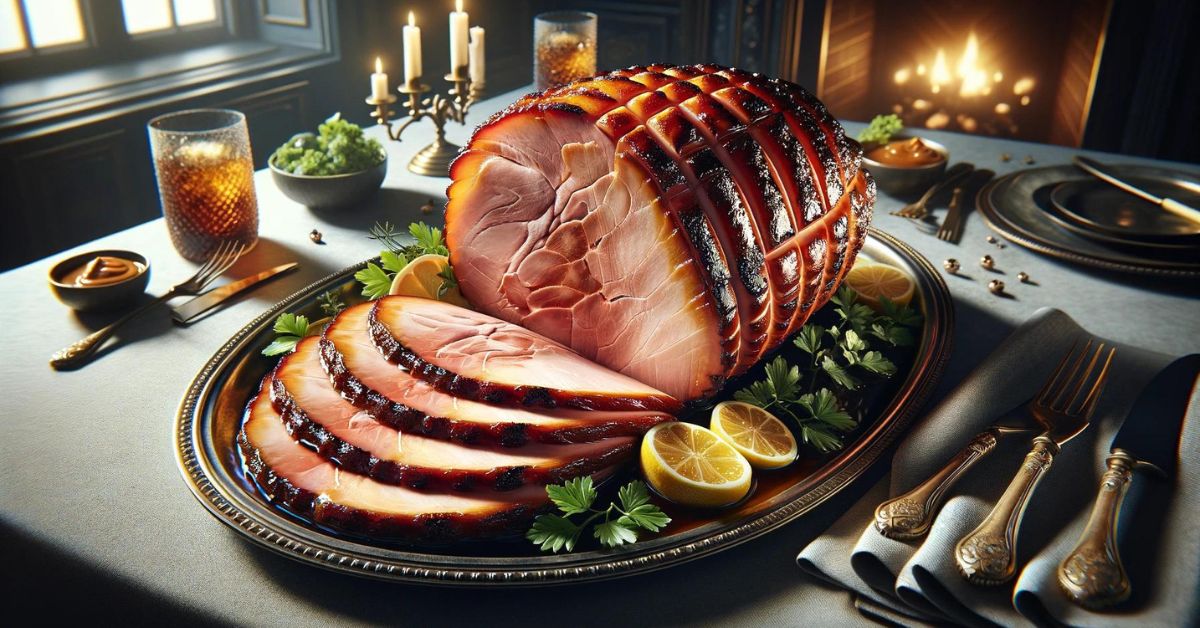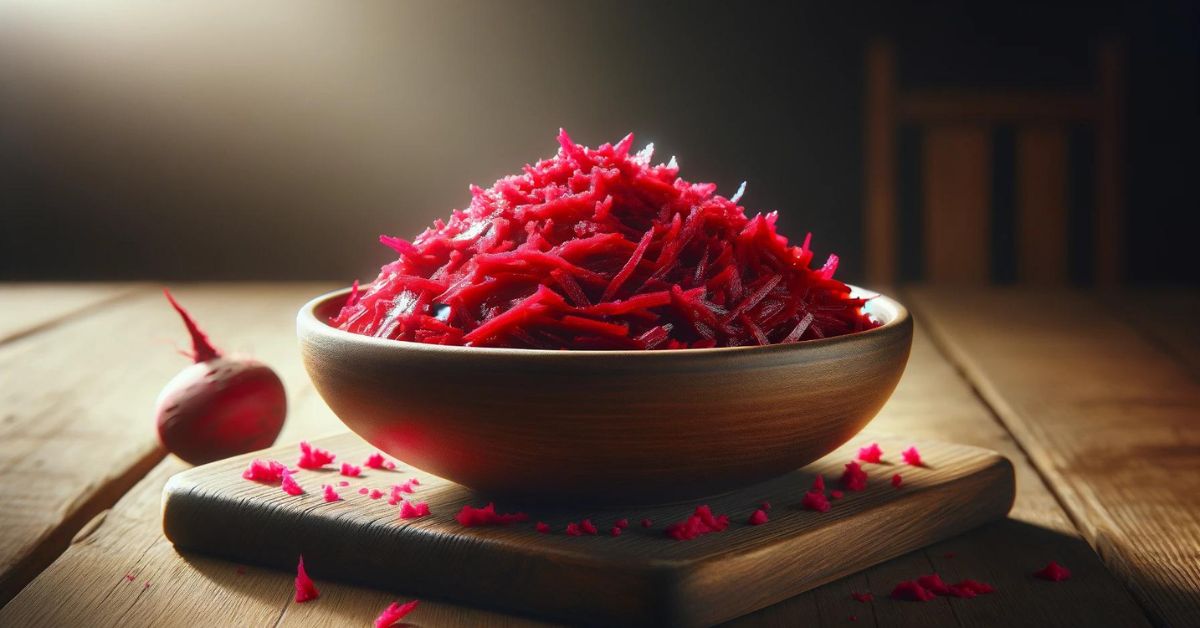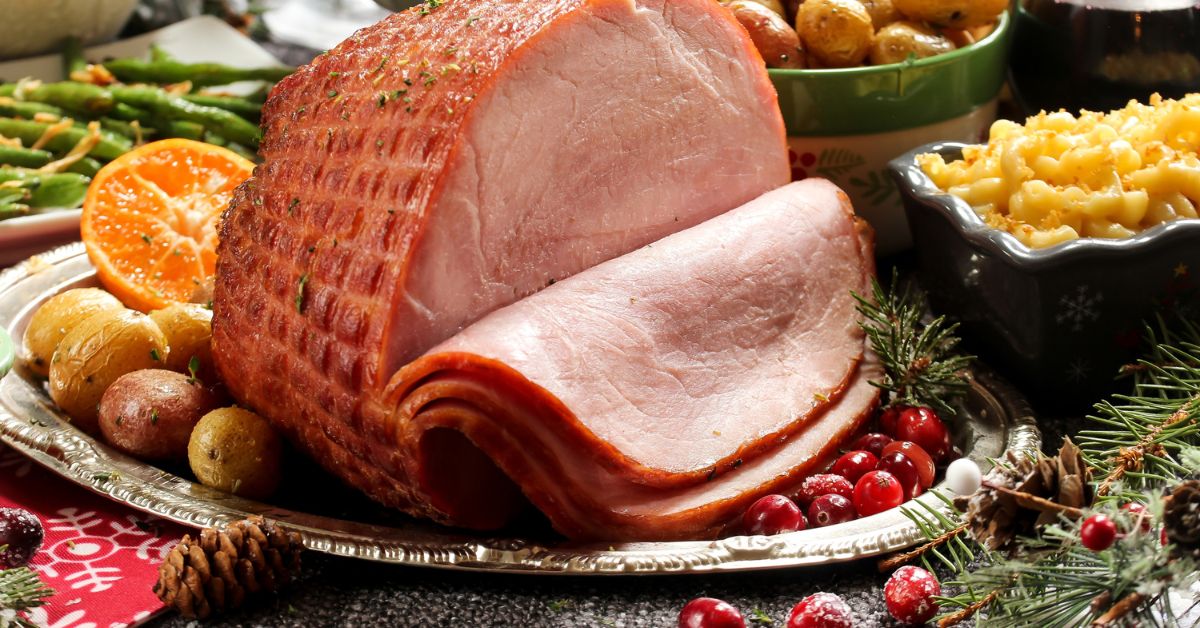Easter Judases represent one of the most interesting and symbolically charged traditions associated with the Easter holidays. This leavened pastry, woven into characteristic shapes, carries a story that goes deep into Christian culture, symbolizing the betrayal of Judas Iscariot, one of Jesus’ apostles. Despite this, at first glance, perhaps a little darker symbolism, Judas has become an inseparable and favorite part of the Easter table in many families.
Making judas is more than just a culinary process; it is a ritual that allows us to reflect on the history and traditions that shape our culture and the way we celebrate. Passed down from generation to generation, this tradition is an opportunity for families to spend time together as they knead, shape and bake together, with each piece of pastry bearing the unique imprint of the hands that created it.
Judases are not just ordinary pastries; they are a bridge between the past and the present, a way to keep alive traditions that might otherwise fall into oblivion. In today’s busy times, they remind us of the importance of stopping, slowing down and appreciating the moments spent with loved ones.
The recipe for Easter Judas is more than just a cooking guide. It is an invitation to dining, to co-creation and to celebrations. Judases may be a new discovery for some, a beloved tradition for others, but for everyone they are the promise of a delicious experience that will enrich the Easter table with the smell of freshly baked pastries and add a feeling of home and warmth to the festive atmosphere.
Easter Judas recipe
Ingredients
- 500g plain flour
- 300 ml of milk
- 70g of sugar
- 60g of butter
- 2 egg yolks
- 30g of fresh yeast
- Pinch of salt
For rubbing
- 1 egg
- 40 g of honey
- 15 g of butter
Procedure
- In a small mug, heat the milk to lukewarm (not hot). Crumble the yeast into the milk, add a spoonful of sugar and a spoonful of flour. Stir and let rise in a warm place for about 10-15 minutes, until the mixture begins to bubble.
- Sift the flour into a large bowl, add the rest of the sugar and a pinch of salt. Make a well in the center and add the prepared yeast, melted butter and eggs. Knead a smooth dough that does not stick to your hands. If the dough is too dry, add a little milk.
- Cover the dough with a towel and let it rise in a warm place for about an hour until it doubles in size.
- Tear off pieces from the leavened dough and form long strands about 20 cm long. Braid or form these strands into shapes that resemble the letter S or another symbolic form. Place the Judas on a baking sheet lined with baking paper.
- Before baking, brush the Judas with a beaten egg. Bake in a preheated oven at 180°C for approximately 20-25 minutes, or until golden.
- Heat the honey in a mug and melt the butter in it. After baking, coat the still hot Judas with the prepared honey glaze and leave to cool.
Easter Judas questions and answers
What are the main ingredients needed to make judas?
To prepare judas, you will need basic ingredients such as plain flour, milk, sugar, butter, eggs and fresh yeast. Butter and honey for spreading.
Is it possible to use dried yeast instead of fresh?
Yes, dry yeast can be used, but the dosage varies. You should use approximately 7g of dry yeast for 500g of flour. Always read the package directions for accurate recommendations.
How long should the judas leaven?
The Judases should rise in a warm place for about 1 hour, or until the dough has doubled in size. It is important that the dough is covered so that it does not dry out.
How do I know the judas are done?
The Judases are ready when they are a nice golden color and sound hollow when tapped on the bottom. Baking usually takes 20-25 minutes at 180°C, but may vary depending on your oven.
Can I make judas in advance?
Yes, you can bake the judas ahead of time and store them in a sealed container or covered with a tea towel to keep them fresh. You can also freeze them and simply reheat them in the oven before serving.
How can I make the recipe special?
You can liven up the classic Judas recipe by adding raisins, nuts or dried fruit to the dough. You can also experiment with different forms of braiding the dough, so that your judas are not only tasty, but also visually attractive.



